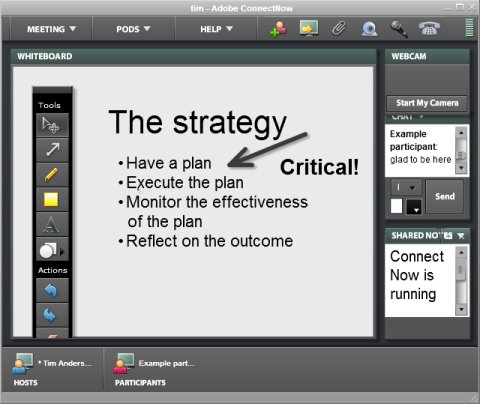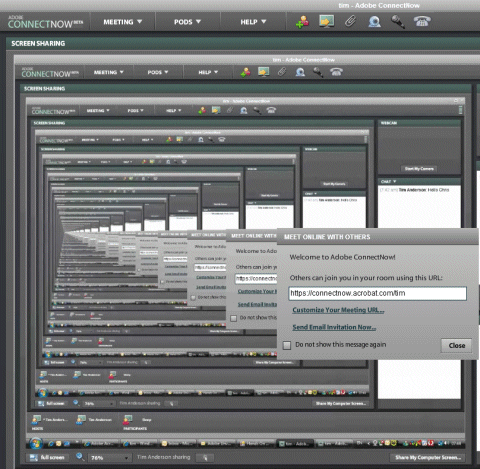It was only when Sun acquired it that I got round to trying VirtualBox, a free open source virtualization utility. I was immediately impressed, not least by its performance. It just felt snappy, something I’ve never been able to say about Microsoft’s Virtual PC, useful though it is. When I needed to set up a new virtual machine in order to do some Delphi 7 development, I decided to use VirtualBox rather than Virtual PC. Again, I’ve been very impressed. I thought it would be interesting to see if my perception of good performance would be verified by a test suite, so I dug out the PassMark suite and ran a few tests.
Note that both Virtual PC and VirtualBox can use Intel’s Virtualization Technology CPU extensions (AMD have similar extensions, but I’m running on an Intel Core 2 Quad). I ran PassMark on XP Pro with SP3, under both Virtual PC and VirtualBox, with hardware virtualization first enabled, and then disabled. I ran it full screen, with as little as possible running on the underlying OS (Vista 32-bit). PC additions were installed. Both virtual machines were given 512MB RAM. Here are the surprising (to me) results:
- Virtual PC 2007 with hardware virtualization: 399.6
- Virtual PC 2007 without hardware virtualization: 345.9
- VirtualBox 1.5.6 with hardware virtualization: 542.9
- VirtualBox 1.5.6 without hardware virtualization: 616.4
So on my machine (your results may vary) VirtualBox is faster without hardware virtualization, and more than 50% faster than the best result from Virtual PC.
I drilled into the results a little. On the CPU tests there was not a big difference; in some cases Virtual PC was ahead. On the Graphics 2D tests though, VirtualBox was dramatically faster – more than twice as fast on the GUI test, for example. It was also dramatically faster on disk I/O. For example:
Disk- Sequential Read: VirtualBox 143.4 MB per second vs Virtual PC 90.8 MB per second
Disk – Sequential Write: VirtualBox 97.4 MB per second vs Virtual PC 6.8 MB per second
I’m not surprised that this makes a big difference to perceived performance, since Windows spends much of its time reading and writing temporary files. This may also be why VirtualBox seems to start up and shut down much more quickly.
I don’t claim that my informal tests prove that VirtualBox is a faster performer in every case. Maybe there is some setting I could change that would improve Virtual PC’s speed; or maybe Virtual PC likes some hardware better than others. Still, it is a real-world experience, and enough to make me suggest that you give VirtualBox a try if you have yet to do so. By the way, both these products are free.
Finally, let me note that Vista running directly on the hardware scores a PassMark of around 1100 on this machine. Even VirtualBox is a lot slower than the real thing, as it were.
Update: If you try VirtualBox, make sure you get at least version 1.6.2 (6th June 2008), as 1.6.0 has broken networking on Windows.

